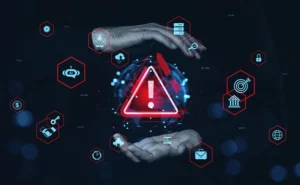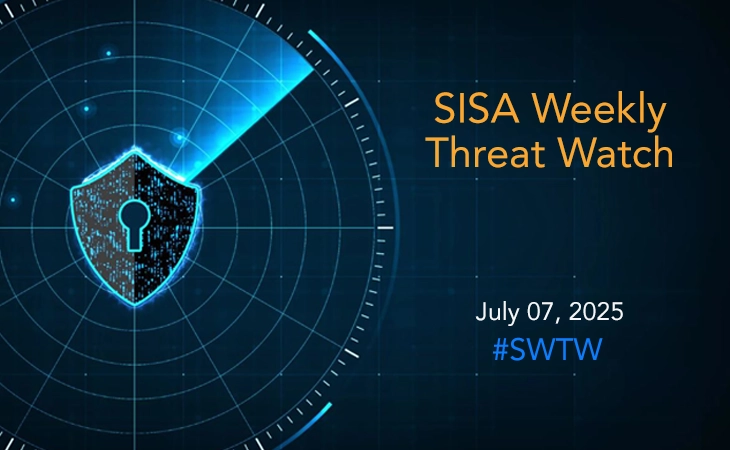

4 types of cyber threat hunting tools
The process of threat hunting is usually built on the foundation of planning, baselining, and testing based on the hypothesis. Besides these, a threat hunter also uses automated tools to boost threat analysis and identify any suspicious patterns and relationships on a large scale.
Cyber Threat Hunting Tools are used to carry out Cyber threat hunting process that involves actively searching for threats and potential intrusions within an organization’s networks and systems. Unlike traditional security measures that focus on reactive incident response, threat hunting aims to proactively identify indicators of compromise (IoCs), advanced persistent threats (APTs), and other emerging attack vectors that are lurking undetected in a network.
The process of threat hunting is usually built on the foundation of planning, baselining, and testing based on the hypothesis formulated by experienced cybersecurity professionals. Besides these, a threat hunter can also use automated tools or platforms to boost threat analysis and identify any suspicious patterns and relationships on a large scale. These tools help them investigate existing logs and ensure that relevant alerts are triggered when a suspicious event occurs.
There are broadly four types of cyber threat hunting tools used
1. Security Information and Event Management (SIEM) tools
A combination of security information management (SIM) and security event management (SEM), SIEM solutions provide real-time analysis of security threats and offer tracking and logging of security data. It is one of a type of cyber threat hunting tools that helps threat hunters conduct an in-depth investigation of any anomalies and irregularities to find the root cause of an incident and take swift action. Recognized as a staple in modern-day security operations centers (SOC), SIEM has evolved to automate many manual processes associated with threat detection and incident response with the use of technologies such as Artificial Intelligence (AI) and Machine Learning (ML).
2. Managed Detection and Response (MDR) systems
MDR systems are third party solutions that remotely monitors, detects, and responds to threats. By combining both human expertise and technology, MDR tool helps organizations identify threats and limit their impact. It offers analysts with threat intelligence, advanced analytics, and forensic data to detect anomalies, respond to alerts and restore the affected endpoint to its normal state. MDR solution enables threat hunters to identify and alert on the threats that might have been missed by the automated layers of security defenses while also offering the benefit of faster deployment.
3. Security monitoring tools
Security monitoring tools help detect and analyze vulnerabilities in network and endpoints, identify potential security threats and then triage these threats with appropriate action. The most common among these are firewalls, antivirus, intrusion detection systems (IDS) and endpoint security solutions which collect security data and monitor the network. While network security monitoring tools aggregate and analyse security logs from a range of sources, endpoint monitoring technologies provide security visibility at host level, empowering cybersecurity teams to detect threat earlier in the kill chain. Through real-time monitoring of events and activities, these tools can help threat hunters in quick threat detection and response.
4. Analytical tools
Statistical and intelligence analysis software provide visual reports through interactive charts and graphs, making it easier to correlate entities and detect patterns. These tools create risk scores and other hypotheses by using behavior analytics and machine learning. The analytical output can help threat hunters analyze data at scale from various sources, including user behavior, operational systems, and virus scanners, alongside external threat intelligence.
As the threat landscape continues to evolve rapidly, it is imperative for businesses to invest in advanced cyber threat hunting tools and nurture a culture of vigilance. With their ability to automate and streamline the threat hunting process, threat hunting tools can significantly enhance the efficiency and effectiveness of security operations. Investing in and adopting these powerful tools is a crucial step towards safeguarding organizational assets and maintaining a resilient security posture in the face of evolving cyber threats.
Latest
Blogs
Whitepapers
Threat-a-Licious
Customer Success Stories

SISA is a Leader in Cybersecurity Solutions for the Digital Payment Industry. As a Global Payment Forensic Investigator of the PCI Security Standards Council, we leverage forensics insights into preventive, detective, and corrective security solutions, protecting 1,000+ organizations across 40+ countries from evolving cyberthreats.
Our suite of solutions from AI-driven compliance, advanced security testing, agentic detection/ response and learner focused-training has been honored with prestigious awards, including from Financial Express, DSCI-NASSCOM and The Economic Times.
With commitment to innovation, and pioneering advancements in Quantum Security, Hardware Security, and Cybersecurity for AI, SISA is shaping the future of cybersecurity through cutting-edge forensics research.
Company
Resources
Quick Links
Copyright © 2025 SISA. All Rights Reserved.
 USA
USA India
India APAC
APAC Middle East
Middle East Global
Global





 Facebook
Facebook Linkedin
Linkedin  X
X Youtube
Youtube





